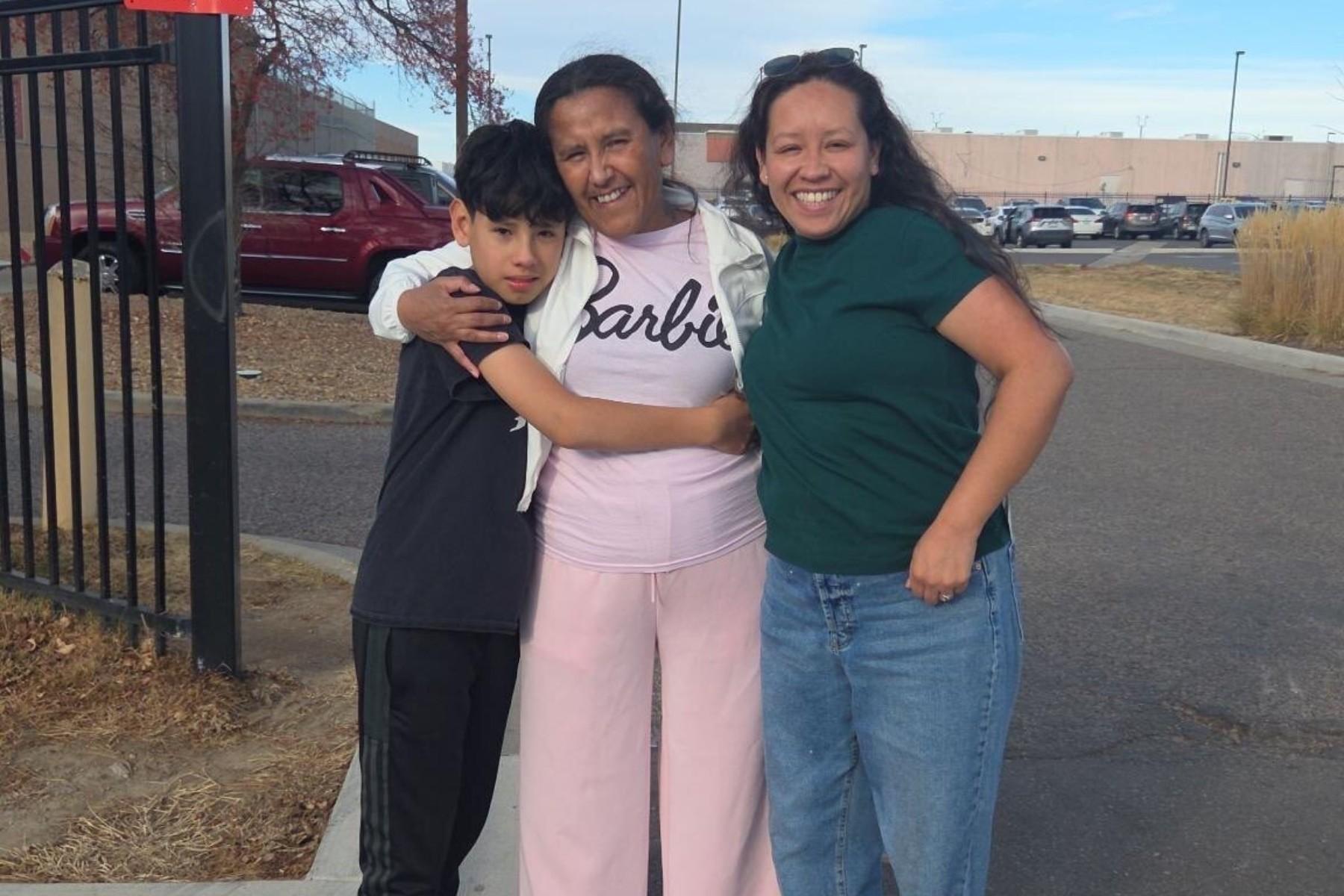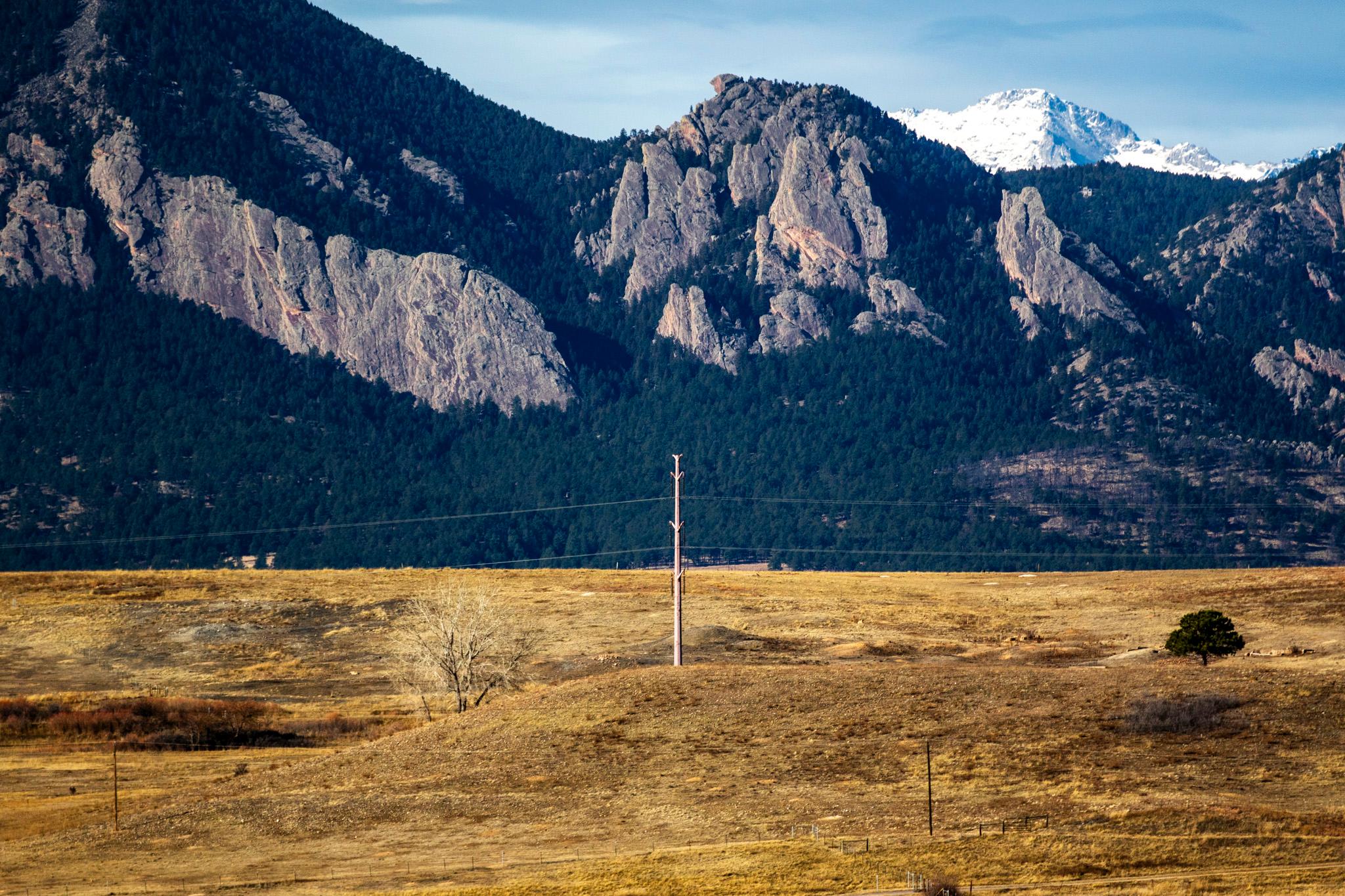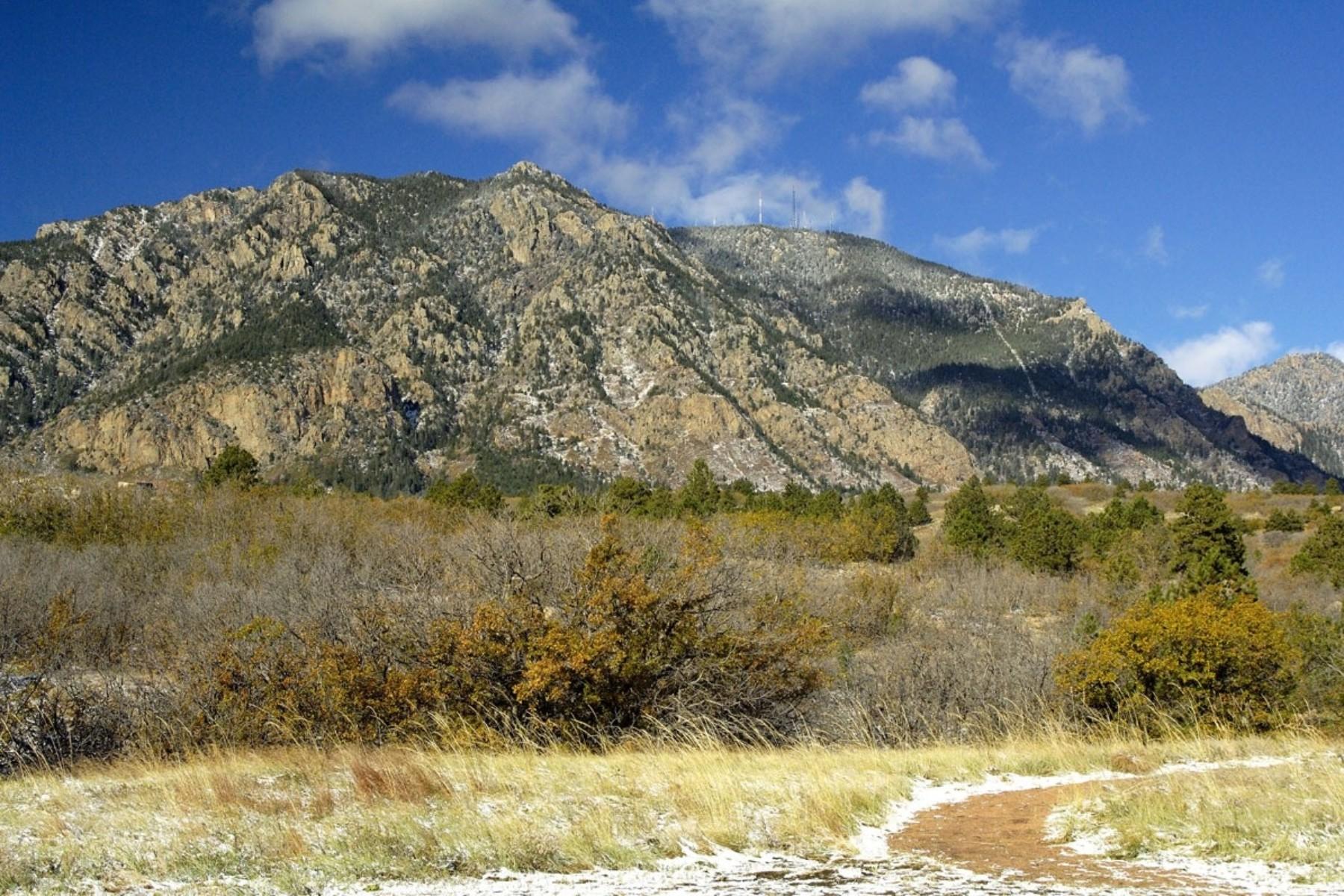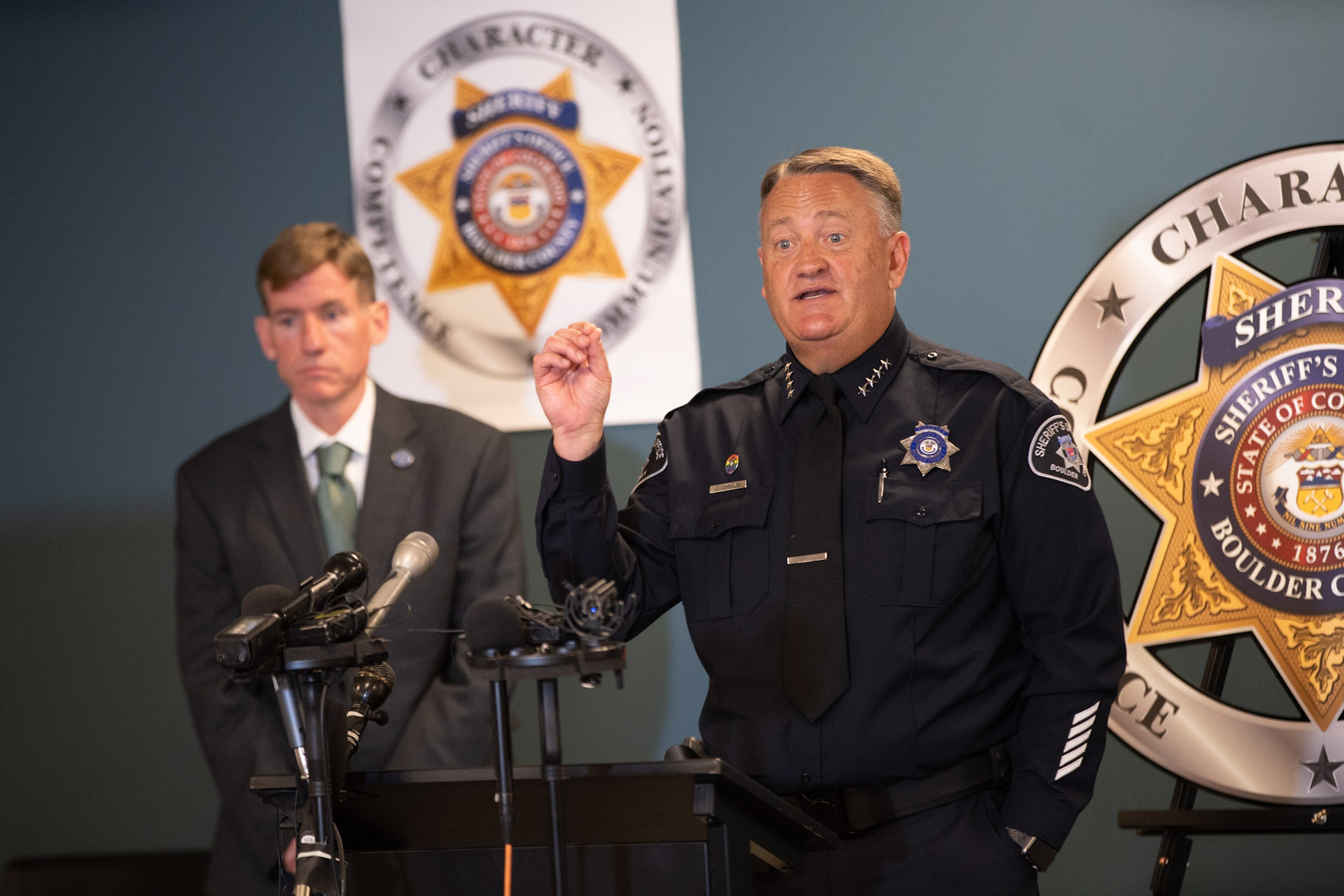
Authorities ended their year-and-a-half-long investigation into the cause of the 2021 Marshall fire Thursday, concluding Colorado’s most destructive wildfire had two separate ignition sources, one of them that began six days before it grew out of control, and the other from arcing power lines.
Boulder County Sheriff Curtis Johnson said the fire was first set on Dec. 24 to burn branches and construction debris at a religious group's compound at 5325 El Dorado Springs Dr. That fire was inspected by the local fire department, which determined it was extinguished correctly. High winds six days later then uncovered ashes from that and reignited them. Sparks from an Xcel Energy power line started a second fire 2,000 feet away on Dec. 30, authorities said.
Boulder District Attorney Michael Dougherty said no criminal charges would be filed in the case.
"We make our decisions based on evidence, and not based on emotion," Dougherty said. "If we were to tell you we were filing charges today, it would be wrong and unethical."
Xcel's stock price fell nearly two percent as Dougherty spoke before recovering nearly all that value, reflecting the ongoing exposure to the company. Xcel already faces at least one fire-related lawsuit.
Colleen Ehrnstrom lost her five-bedroom house in Louisville in the Marshall Fire. She says the community is trying to figure out what comes next and whether civil litigation against Xcel is possible.
“We're just all trying to understand … what the legal guidelines are,” Ehrnstrom said. “I really think that the majority of the community is really disappointed by the DA's outcome. There seems to have been some reckless behaviors out there that aren't getting sanctioned.”
Xcel disputed the investigation's findings, arguing that fires in underground coal deposits near their power lines may be responsible for the start of the second fire on Dec. 30.
"We strongly disagree with any suggestion that Xcel Energy’s powerlines caused the second ignition, which according to the report started 80 to 110 feet away from Xcel Energy’s powerlines in an area with underground coal fire activity," said Xcel spokesman Tyler Bryant. "Xcel Energy did not have the opportunity to review and comment on the analyses relied on by the Sheriff’s Office and believes those analyses are flawed and their conclusions are incorrect."
The Marshall fire started just southeast of Boulder on Dec. 30, 2021. The first 911 call reporting a grass fire was recorded shortly after 11 a.m. Winds that gusted more than 100 mph fanned the flames through drought-kindled brush, igniting rural homes and ranches.
Amplified by climate change and fortified with racing flames and wind-whipped embers, the wildfire stormed into suburban neighborhoods in Superior and Louisville, torching homes and skeletonizing vehicles. Less than an hour after the Marshall fire was first reported, the sky turned black and flames surrounded fleeing motorists. By noon, two sergeants with the sheriff’s office met up with a state patrol trooper, a state parks and wildlife officer and a county open spaces ranger, and the group started the first evacuations.
When the flames were contained four days later, Boulder County was left with $513 million in direct damages and more than $2 billion in insurance claims.
The investigation into the fire, which killed two people and destroyed more than 1,000 homes, was sprawling and complex. Authorities reviewed hundreds of tips and pored over a mountain of photos, videos and physical evidence, sheriffs officials said.
“There's definitely some relief to having some information,” Ehrnstrom said. “I think we've been sitting in so much speculation for so long that it's nice to have some information. I wouldn't say that it was a healing experience, because we're all still very much in the middle of it.”
Dougherty noted that the fire started at the Twelve Tribes compound on Dec. 24 was inspected that day by the Mountain View Fire Department, along with a sheriff's deputy and a ranger from Boulder County open space. They determined the burning, on a wet cold day, was both "reasonable and responsible," Dougherty said.
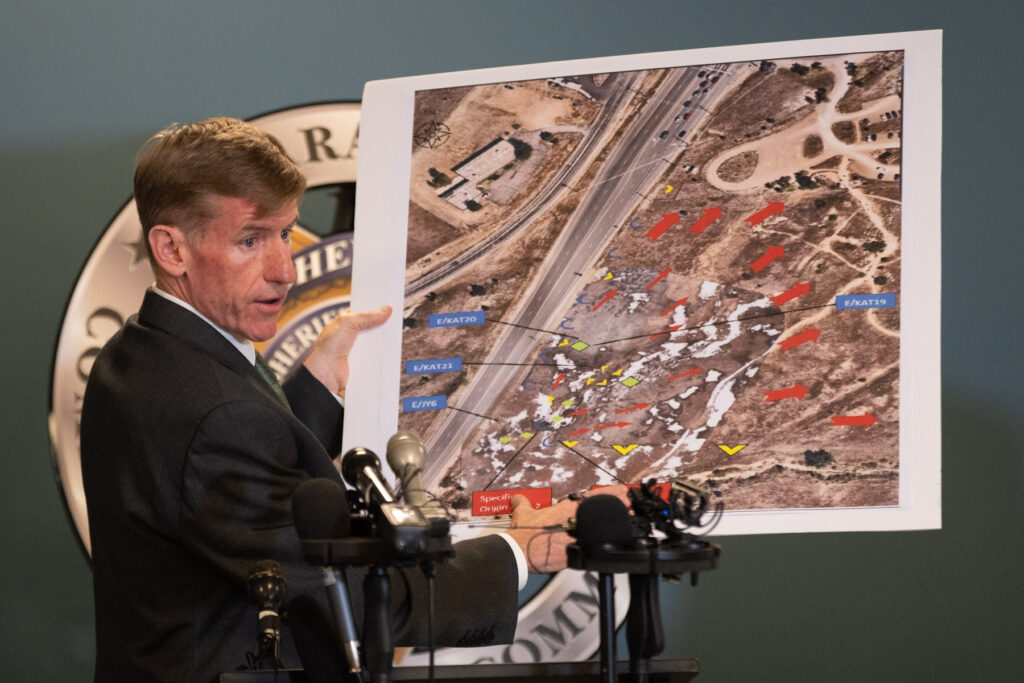
None of them thought that fire, extinguished and covered in dirt, would reignite in winds that gusted to 115 mph six days later. But that's what investigators determined had occurred.
As for Xcel, Dougherty noted that no "design, installation or maintenance defects" were found in power lines or other Xcel equipment by a consultant brought in to help with that portion of the investigation. As a result, Dougherty also found no reason to file criminal charges against the company. At the same time, Dougherty criticized the company for consistently denying to the public there were downed power lines in the area after the fire. The company relied on an industry technicality which would have classified the lines as "unmoored" rather than downed.
The company emphasized the investigation's finding that their equipment was in working order on the day of the fire.
"We have reviewed our maintenance records and believe the system was properly maintained," Bryant said. "We operate and maintain our electric system consistent with leading energy service practices."
In December 2022, around the first anniversary of the blaze, Boulder County officials said they were considering nearly a dozen possible sources of the fire, including burning debris, lightning, fireworks and campfires, underground coal mines and sparks from electrical equipment.
State and federal authorities assisted county investigators, who first suggested power lines as a likely cause, but backtracked as other possible sources surfaced. Xcel Energy, the power provider in the area, has denied its equipment had any role in triggering the fire.
The Federal Bureau of Investigation and the Bureau of Alcohol, Tobacco, Firearms and Explosives joined the investigation shortly after the fire, and authorities focused on the property owned by Twelve Tribes as a possible location where the fire originated. Local firefighters and other witnesses reported fires and open burning at or near the property days before and possibly around the time the blaze is thought to have started.
Reaching an official determination of the fire's origin is unusual in Colorado. An investigation by CPR News in 2021 found that Colorado ranked as the worst state in the West in the number of large human-caused wildfires where a specific cause and origin could not be identified.
Many local law enforcement agencies across the state lack trained wildfire investigators, CPR News reported, a finding that prompted lawmakers last month to enact legislation that added nearly $3 million in new funding to investigate fires across the state.
CPR Business Reporter Sarah Mulholland contributed to this story.
Previous coverage
- How humans start most of Colorado’s wildfires — and get away with it
- Large air tanker takes up residence in Colorado Springs to help fight potential wildfires this summer
- Photos, then and now: Revisiting the Marshall fire’s devastation one year later, as communities rebuild
- Most people who lost homes in the Marshall Fire were underinsured, Colorado insurance regulators say
- We now know lightning didn’t spark the Marshall fire, but not much else is publicly known about the investigation
- Colorado adopts a new climate-minded statewide building code



